Magnets
Sort by:
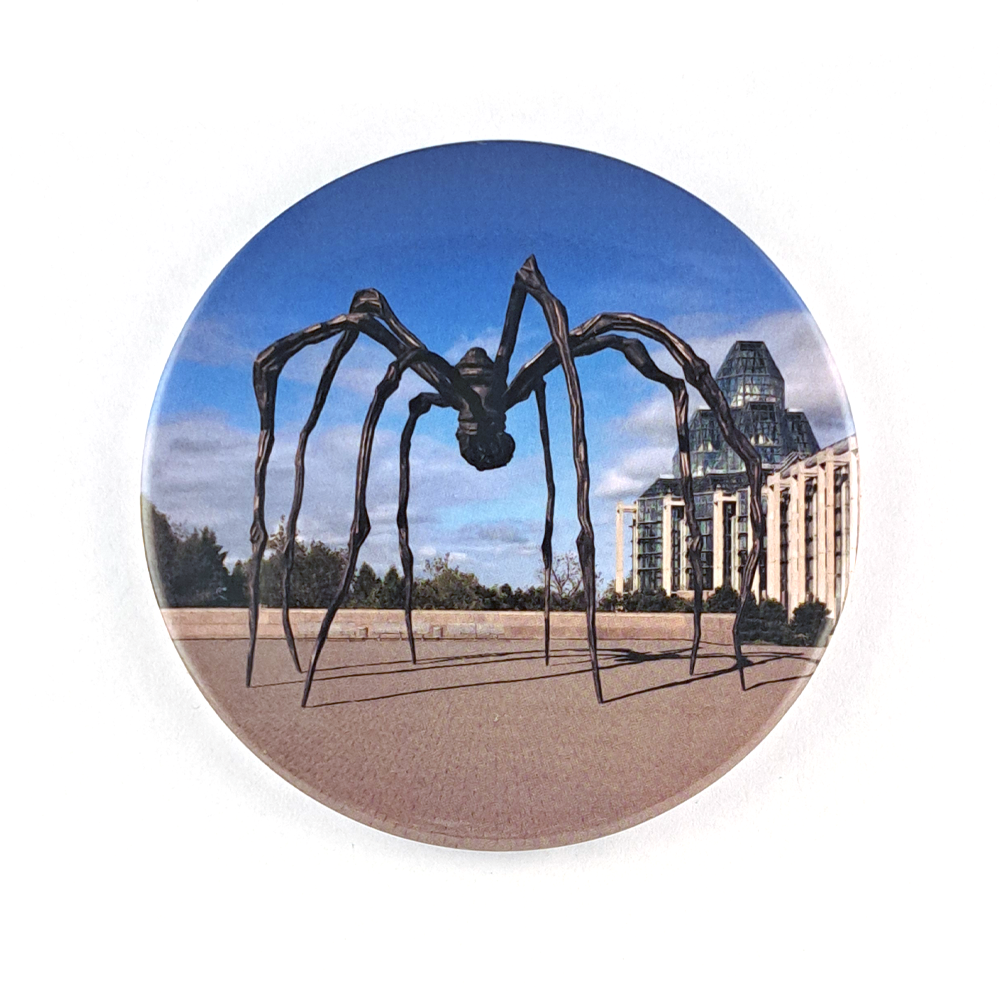

Maman Magnet
$5.95 CAD
Unit price perMaman Magnet
$5.95 CAD
Unit price perThis magnet features a reproduction of Louise Bourgeois' sculpture Maman (1999, cast 2003). The original work of art is made of bronze, stainless steel and marble, and is in the collection of the National Gallery of Canada.
Diameter: 7.6 cm (3 in.)
© The Easton Foundation / VAGA at ARS, NY / CARCC Ottawa 2025
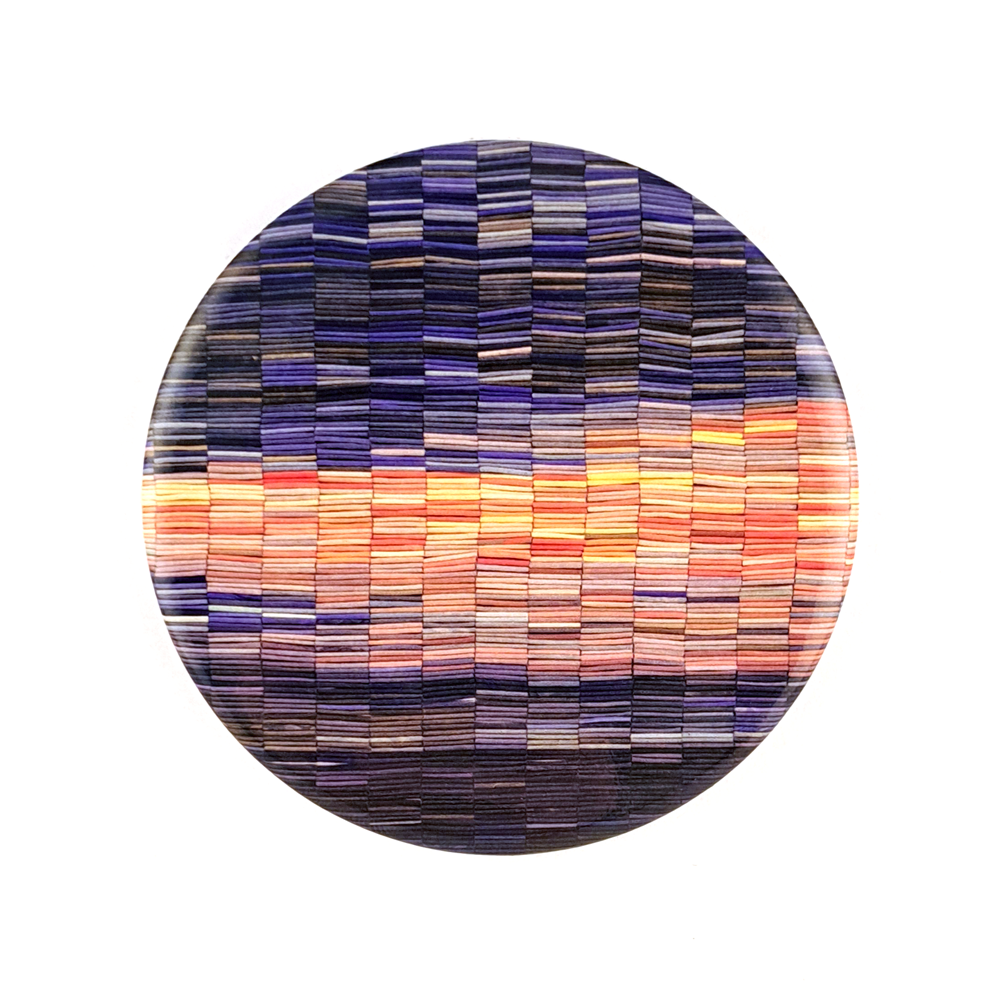

Light Assembly (Rita) Magnet
$5.95 CAD
Unit price perLight Assembly (Rita) Magnet
$5.95 CAD
Unit price perThis magnet features a detail of the artwork Light Assembly (Rita) (2023) by Algonquin artist Nadia Myre.
Diameter: 7.6 cm (3 in.)
In the collection of the artist

Thinking Caps Magnet
$5.95 CAD
Unit price perThinking Caps Magnet
$5.95 CAD
Unit price perThis magnet features the artwork Thinking Caps (1999) by Mohawk artist Shelley Niro.
9 x 6.5 cm (3.5 x 2.5 in.)
In the collection of the National Gallery of Canada.
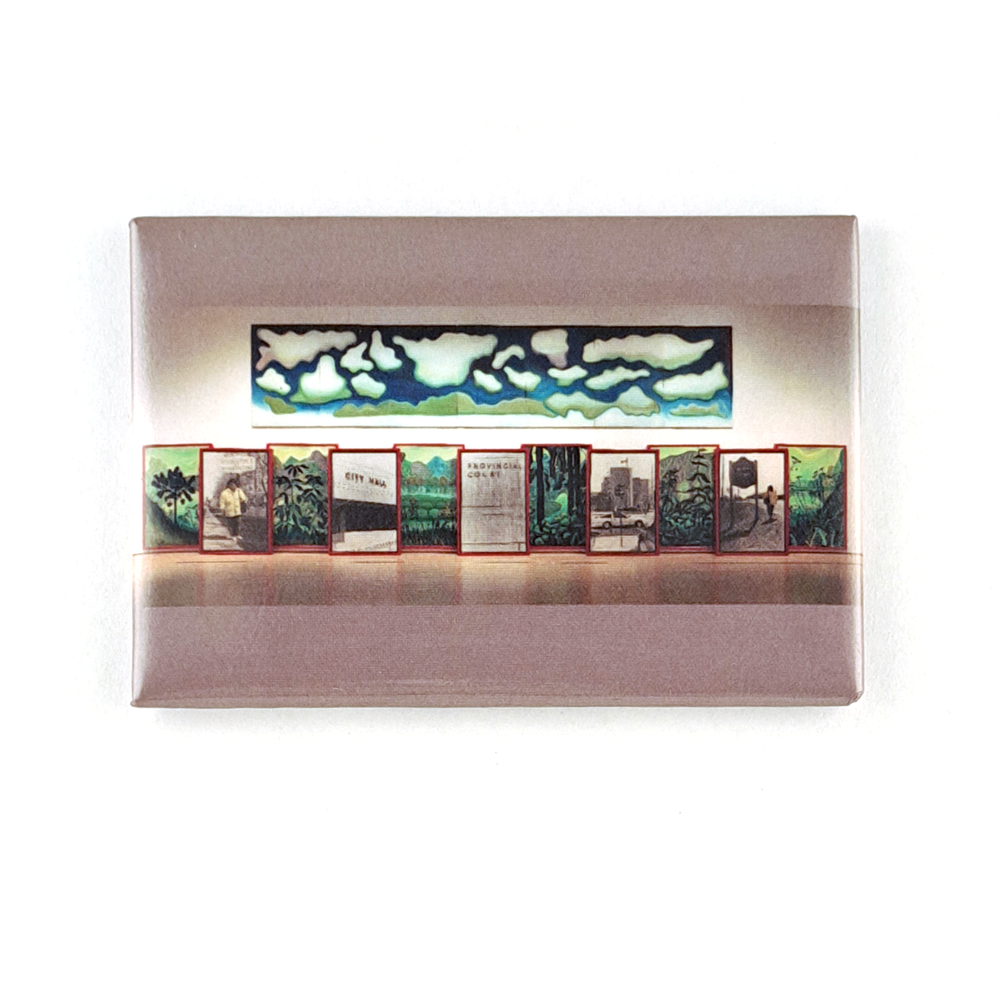
Passing Through Magnet
$5.95 CAD
Unit price perPassing Through Magnet
$5.95 CAD
Unit price perThis magnet features the artwork Passing Through (1993) by Mohawk artist Shelley Niro.
9 x 6.5 cm (3.5 x 2.5 in.)
In the collection of the National Gallery of Canada.
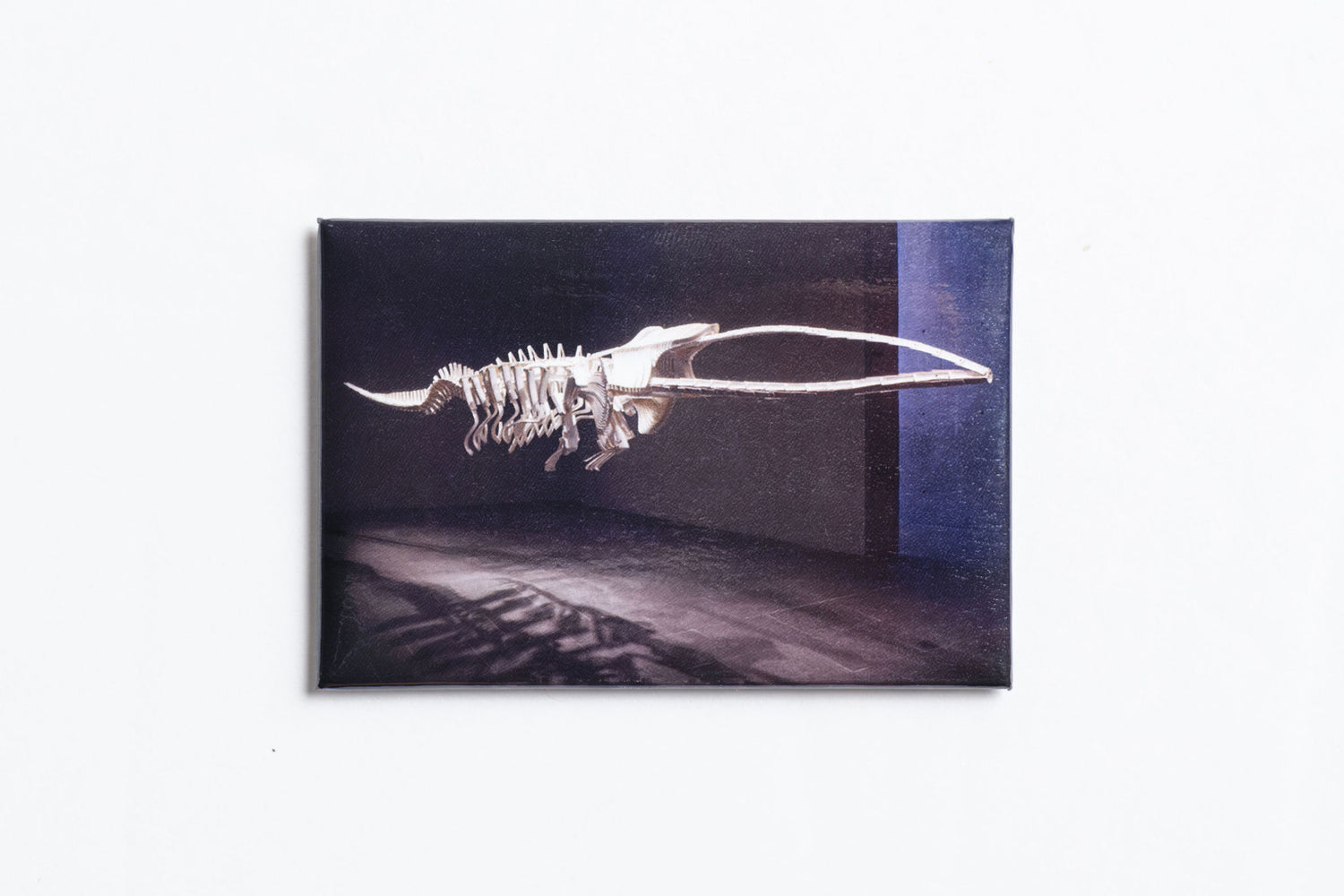
Vienna Magnet
$5.95 CAD
Unit price perVienna Magnet
$5.95 CAD
Unit price perBrian Jungen (b. 1970)
Vienna, 2003
Jungen is renowned for repurposing objects from contemporary culture to reflect Indigenous concerns. Meant to resemble the skeleton of a whale, an endangered animal considered by many Indigenous peoples to be of great spiritual power, Vienna is constructed out of inexpensive patio chairs made of plastic, an indestructible material.
9 x 6.5 cm (3.5 x 2.5 in.)
In the collection of the National Gallery of Canada.
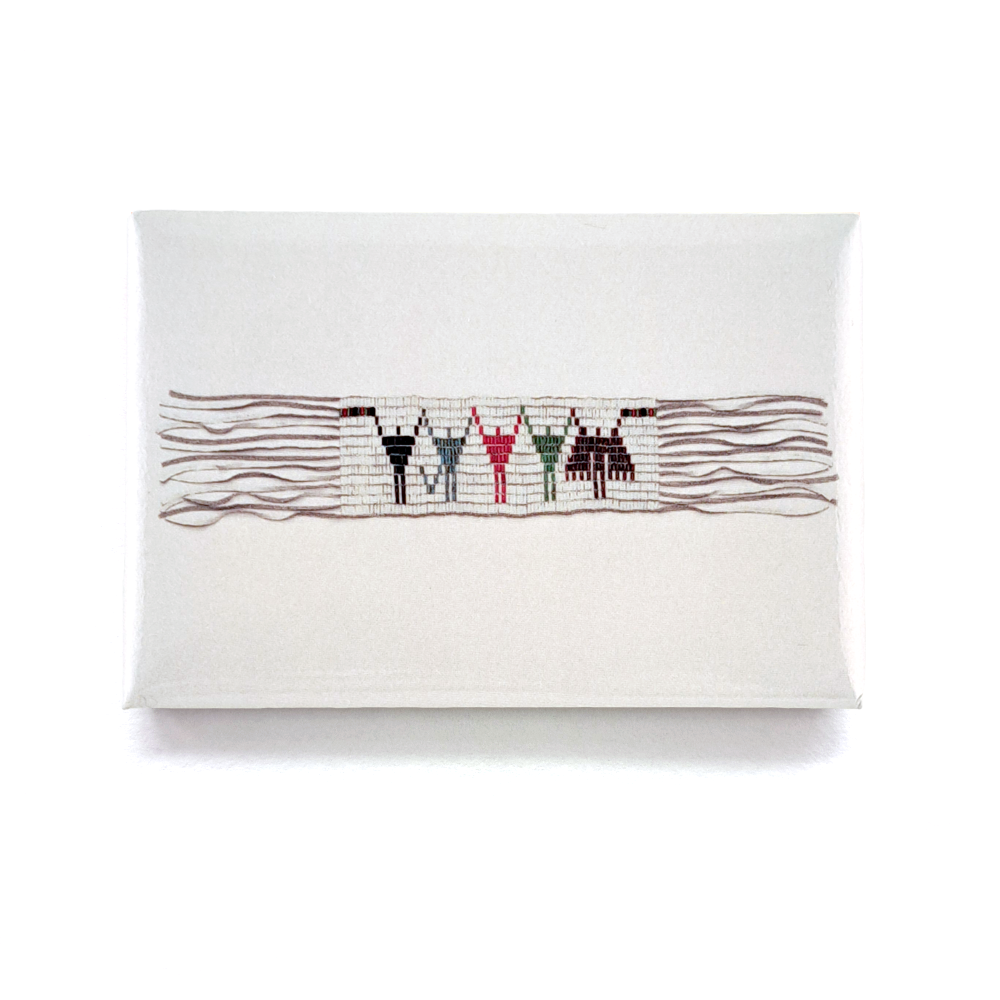
Intergalactic Empowerment Wampum Belt Magnet
$5.95 CAD
Unit price perIntergalactic Empowerment Wampum Belt Magnet
$5.95 CAD
Unit price perThis magnet features the artwork Intergalactic Empowerment Wampum Belt (2019) by Mohawk artist Skawennati.
9 x 6.5 cm (3.5 x 2.5 in.)
In the collection of the National Gallery of Canada.
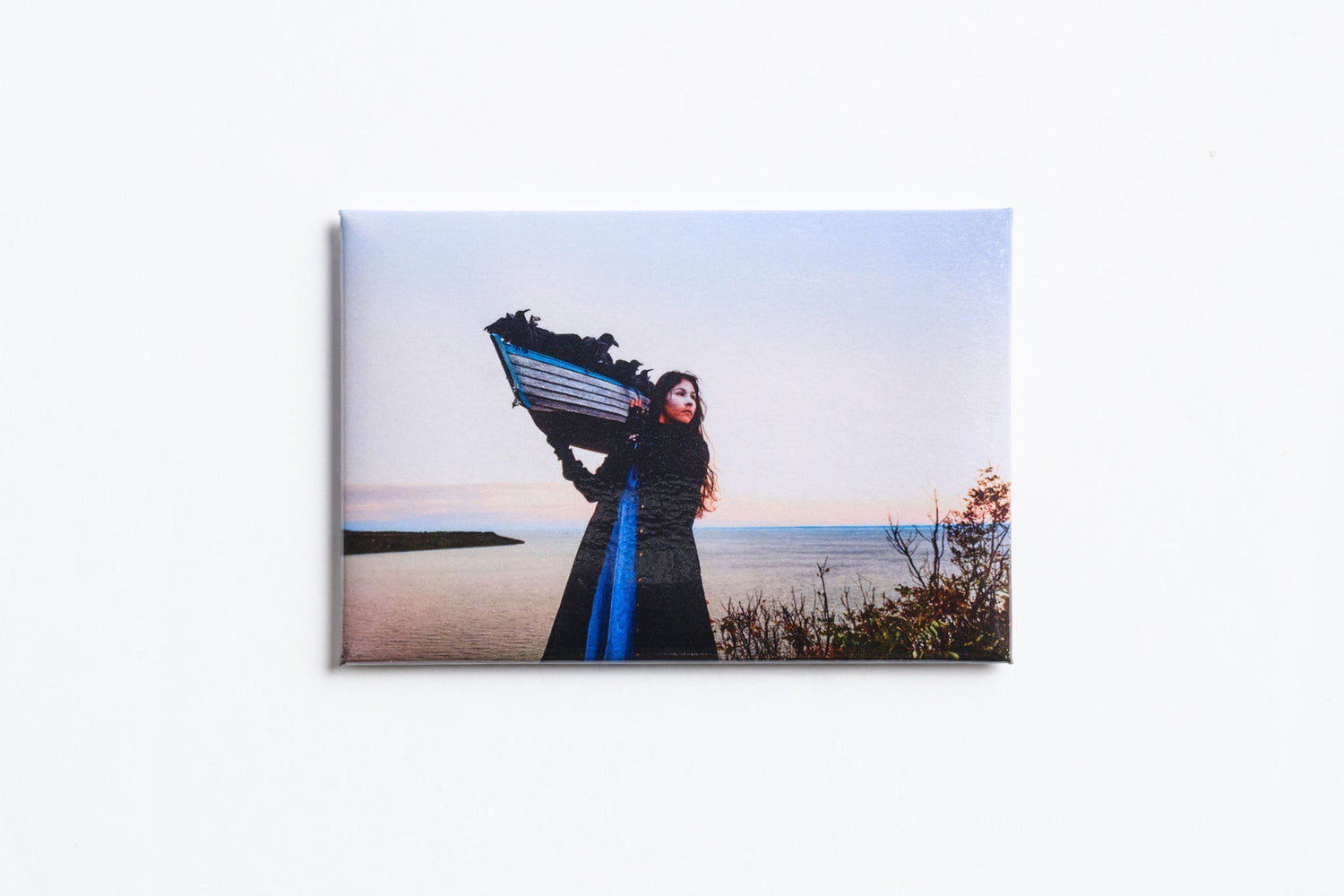
On the Edge of this Immensity Magnet
$5.95 CAD
Unit price perOn the Edge of this Immensity Magnet
$5.95 CAD
Unit price perMeryl McMaster (b. 1988)
On the Edge of this Immensity, 2019
McMaster combines elements of performance and installation in her photography while exploring the tensions surrounding identity ad heritage, especially her own as a woman of Indigenous (Plains Cree) and European (British/Dutch) descent from Saskatchewan.
9 x 6.5 cm (3.5 x 2.5 in.)
In the collection of the National Gallery of Canada.
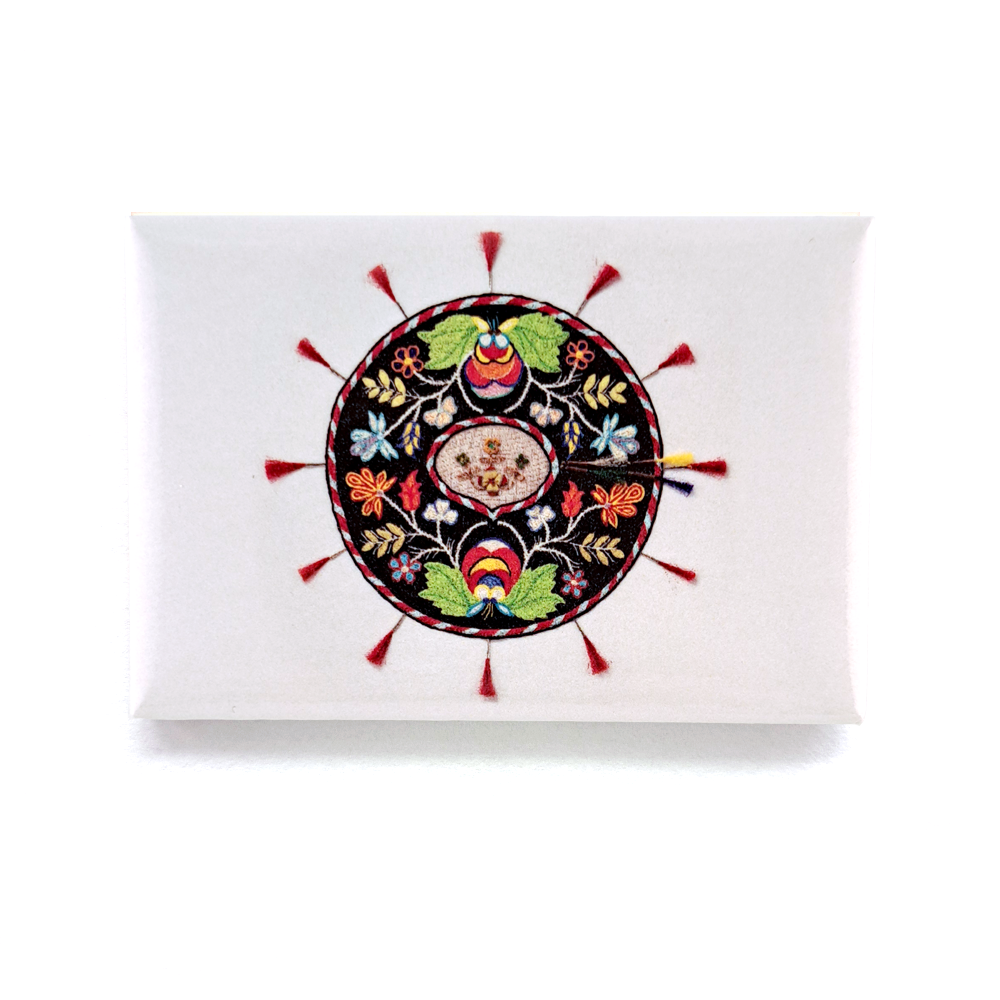
Healing Dance 2 Magnet
$5.95 CAD
Unit price perHealing Dance 2 Magnet
$5.95 CAD
Unit price perThis magnet features the artwork Healing Dance 2 (2013) by Anishinaabe (Odawa) artist Barry Ace.
9 x 6.5 cm (3.5 x 2.5 in.)
In the collection of the National Gallery of Canada.
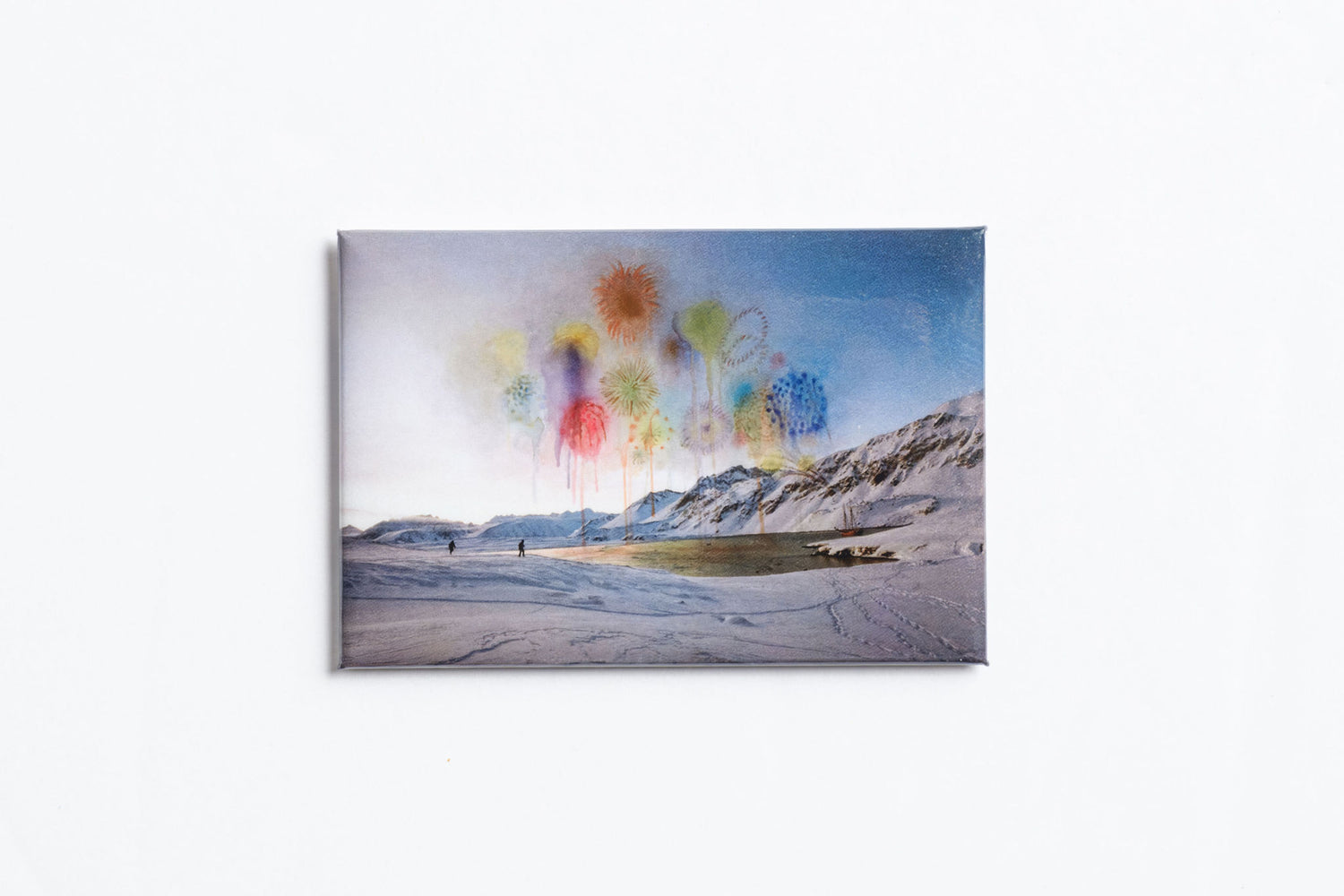
Explosions Magnet
$5.95 CAD
Unit price perExplosions Magnet
$5.95 CAD
Unit price perSarah Anne Johnson (b. 1976)
Explosions, 2011
Johnson’s work explores ideas of utopia and contemporary communities outside the mainstream that gather for idealistic reasons. Her feelings and memories of experiences with these groups is expressed by augmenting the photograph. She recreates scenes as dioramas or enhances images with paint, glitter, ink, and Photoshop manipulations.
9 x 6.5 cm (3.5 x 2.5 in.)
In the collection of the National Gallery of Canada.
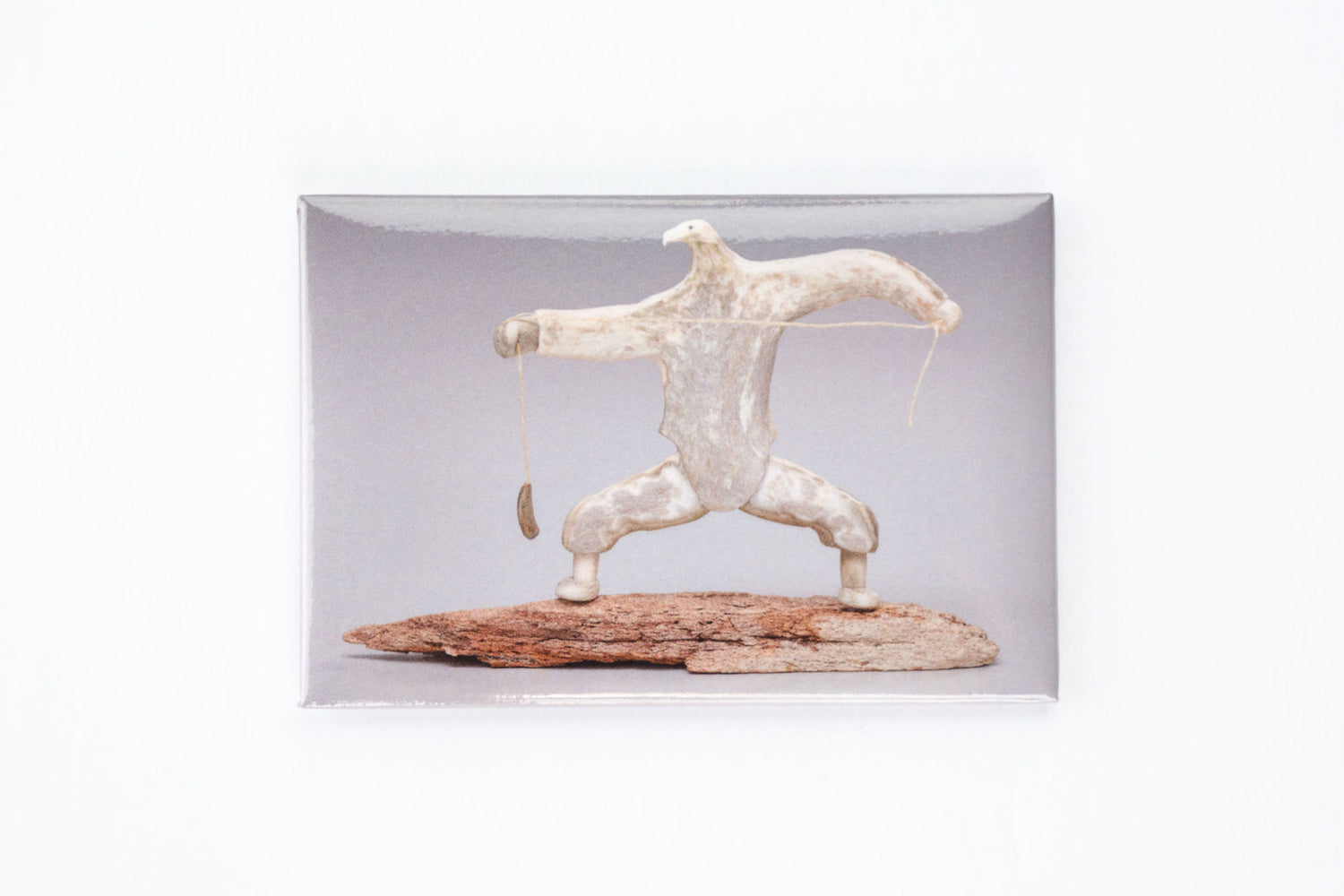
Bird Shaman with Bola Magnet
$5.95 CAD
Unit price perBird Shaman with Bola Magnet
$5.95 CAD
Unit price perThis magnet features the scultpure Bird Shaman with Bola (1988) by Inuit artist Nick Sikkuark (1943–2013).
9 x 6.5 cm (3.5 x 2.5 in.)
In the collection of the National Gallery of Canada.
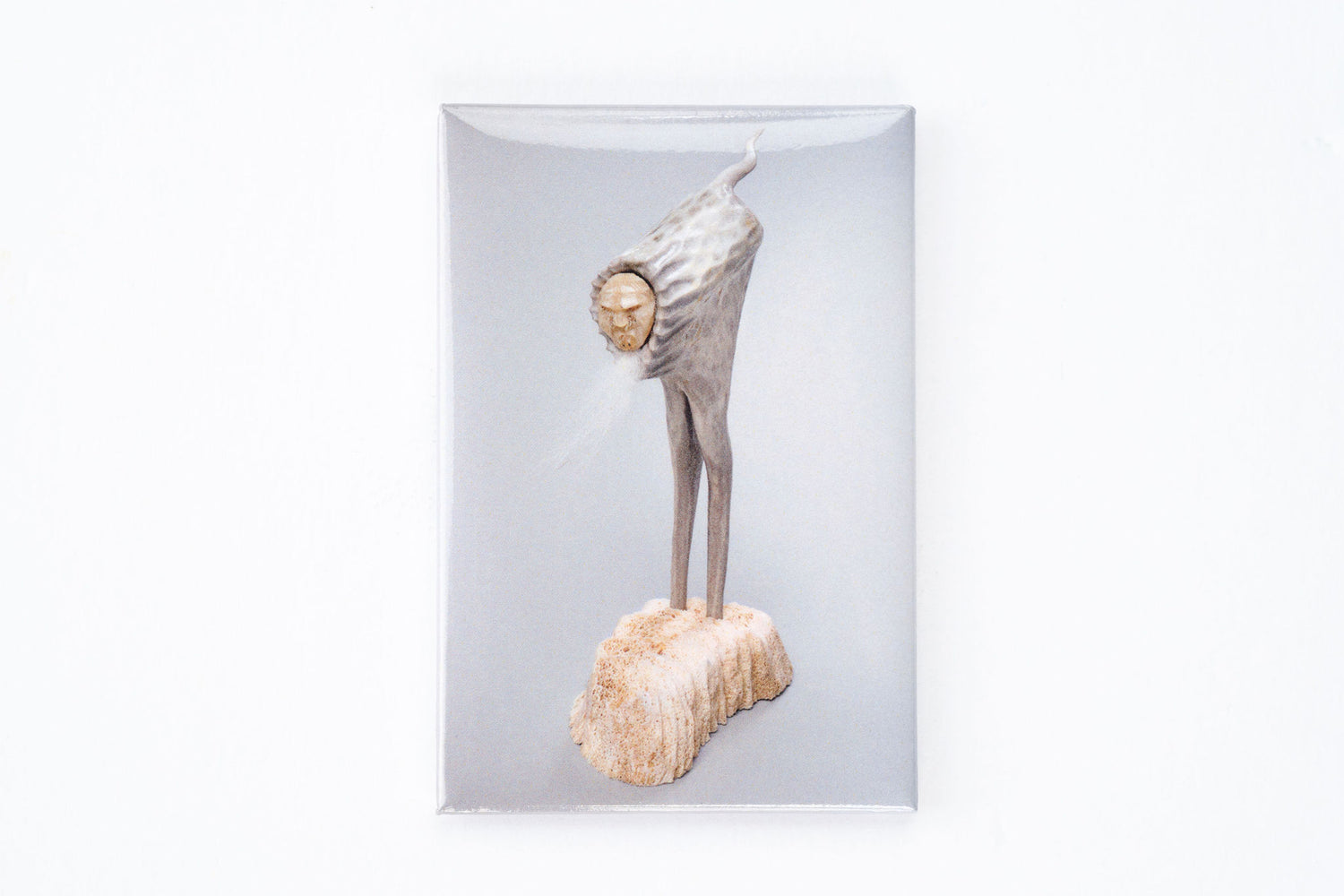
Untitled (Caribou-human transformation?) Magnet
$5.95 CAD
Unit price perUntitled (Caribou-human transformation?) Magnet
$5.95 CAD
Unit price perThis magnet features the scultpure Untitled (Caribou-human transformation?) (1998) by Inuit artist Nick Sikkuark (1943–2013).
6.5 x 9 cm (2.5 x 3.5 in.)
In the collection of the National Gallery of Canada.
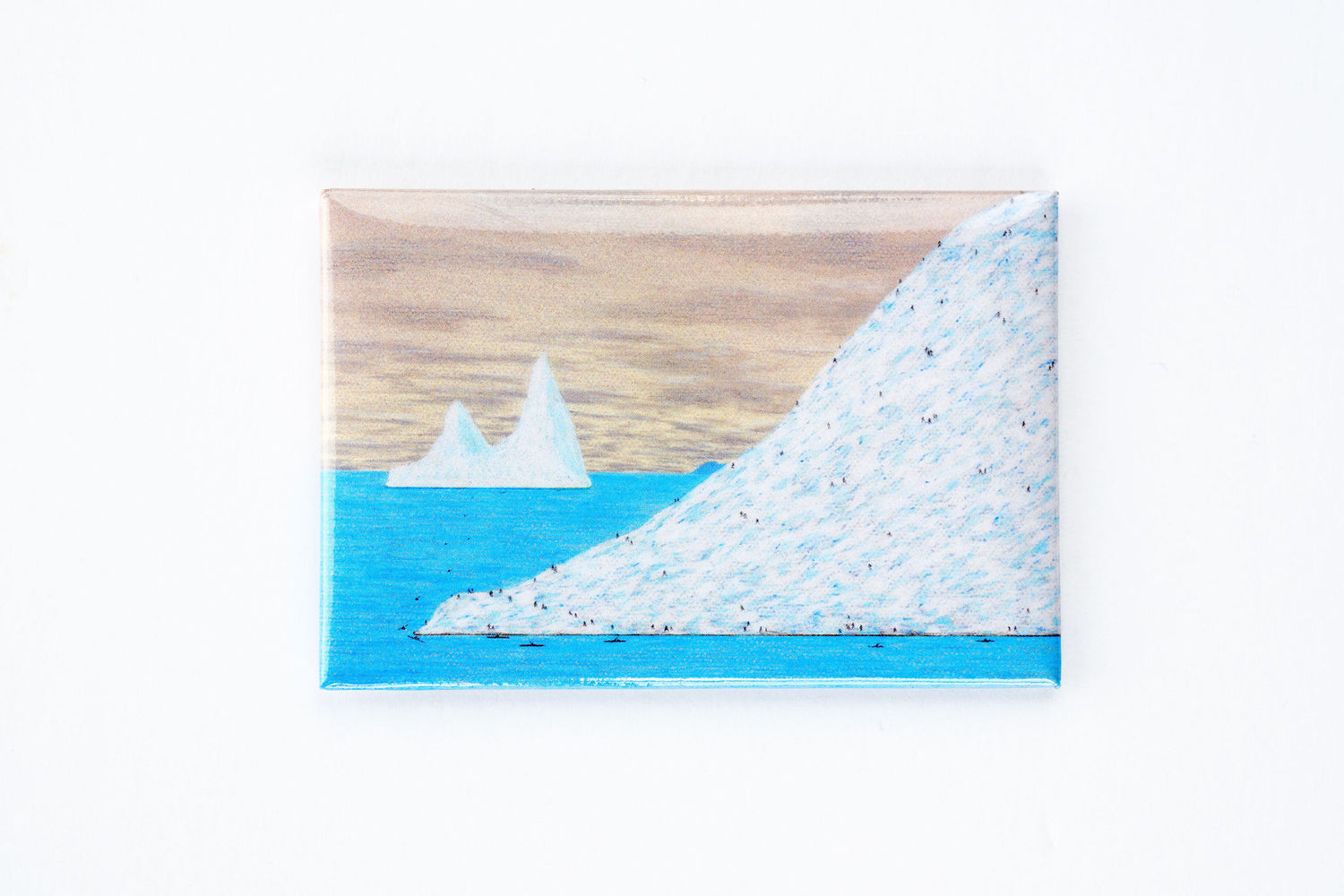
Untitled (Figures on Iceberg) Magnet
$5.95 CAD
Unit price perUntitled (Figures on Iceberg) Magnet
$5.95 CAD
Unit price perThis magnet features the artwork Untitled (Figures on Iceberg) (2004) by Inuit artist Nick Sikkuark (1943–2013).
9 x 6.5 cm (3.5 x 2.5 in.)
In the collection of the National Gallery of Canada.
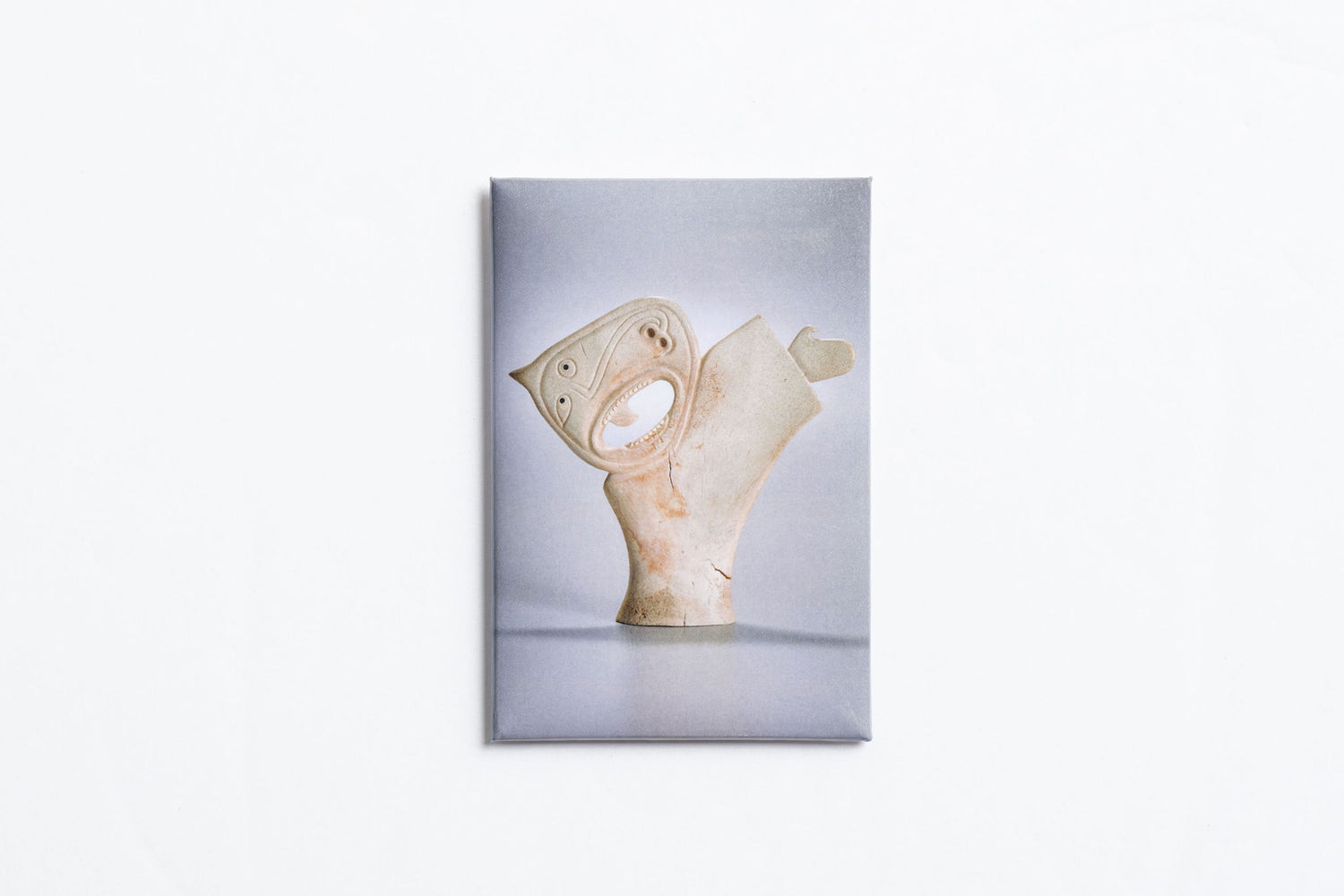
Figure Magnet
$5.95 CAD
Unit price perFigure Magnet
$5.95 CAD
Unit price perKaroo Ashevak (1940-1974)
Figure, 1974
Ashevak’s exaggeration of features and imaginative use of whale bone helped define the expressive style of the Kitikmeot region of Nunavut. The dissimilar eyes, which signify exceptional sight, and the mittened hand, a symbol of spiritual ability, together suggest that this figured is a powerful otherworldly being.
6.5 x 9 cm (2.5 x 3.5 in.)
In the collection of the National Gallery of Canada.
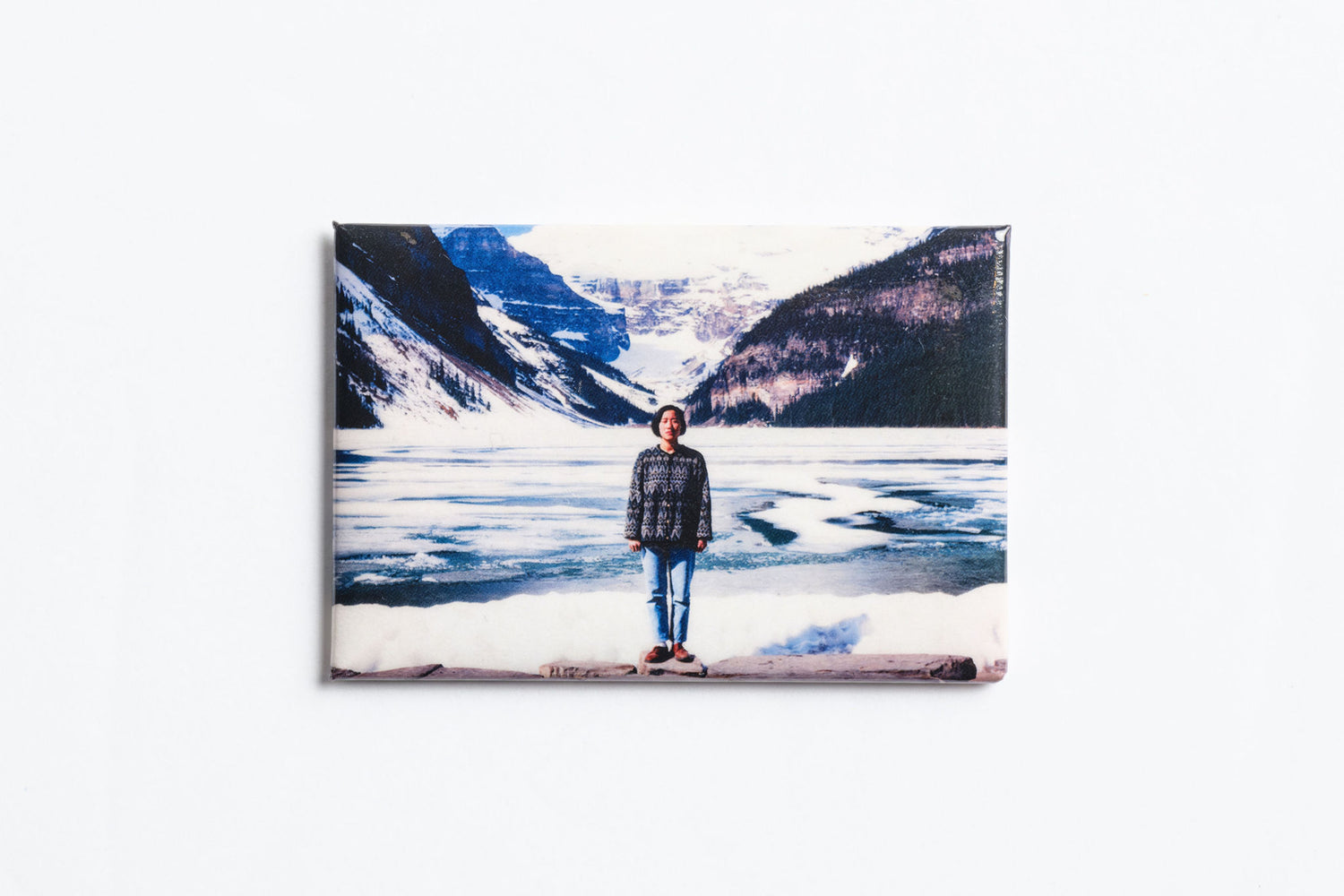
Souvenirs of the Self (Lake Louise) Magnet
$5.95 CAD
Unit price perSouvenirs of the Self (Lake Louise) Magnet
$5.95 CAD
Unit price perJin-me Yoon (b. 1960)
Souvenirs of the Self (Lake Louise), 1991
Yoon emigrated from South Korea to Vancouver in 1968. While studying contemporary art, she was exposed to artists and theorists engaged with questions of sexual and cultural difference. Her work is recognized for contributing to the ongoing discussions concerning identity and place.
9 x 6.5 cm (3.5 x 2.5 in.)
In the collection of the National Gallery of Canada.
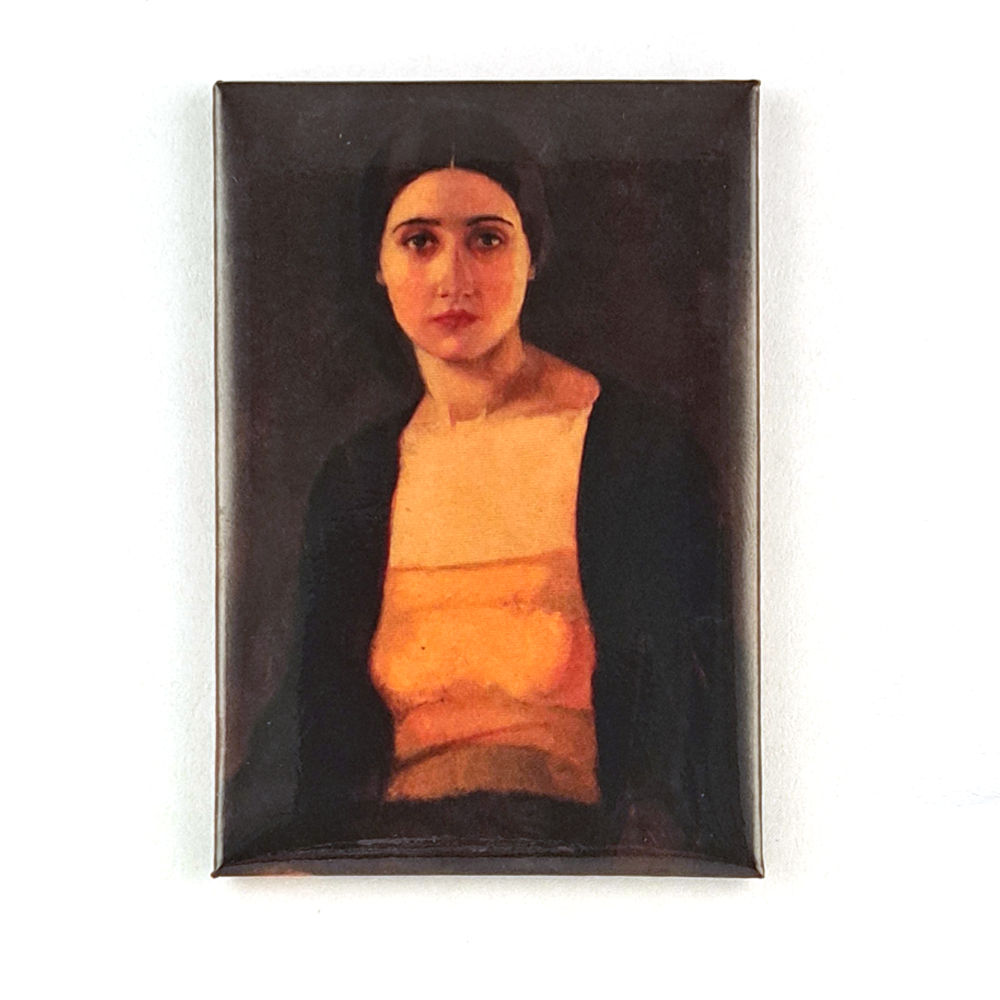
Anna Magnet
$5.95 CAD
Unit price perAnna Magnet
$5.95 CAD
Unit price perLilias Torrance Newton (1896-1980)
Anna, c. 1923
"[Lilias] Torrance Newton went on to make portraiture her specialty; she had to support herself and her young son during the Depression, since her marriage had ended in divorce after her husband’s bankruptcy and abandonment of the family."
- Excerpt from the catalogue Uninvited: Canadian Women Artists in the Modern Moment, an exhibition organized by the McMichael Canadian Art Collection with the exceptional support of the National Gallery of Canada.
6.5 x 9 cm (2.5 x 3.5 in.)
In the collection of the National Gallery of Canada.
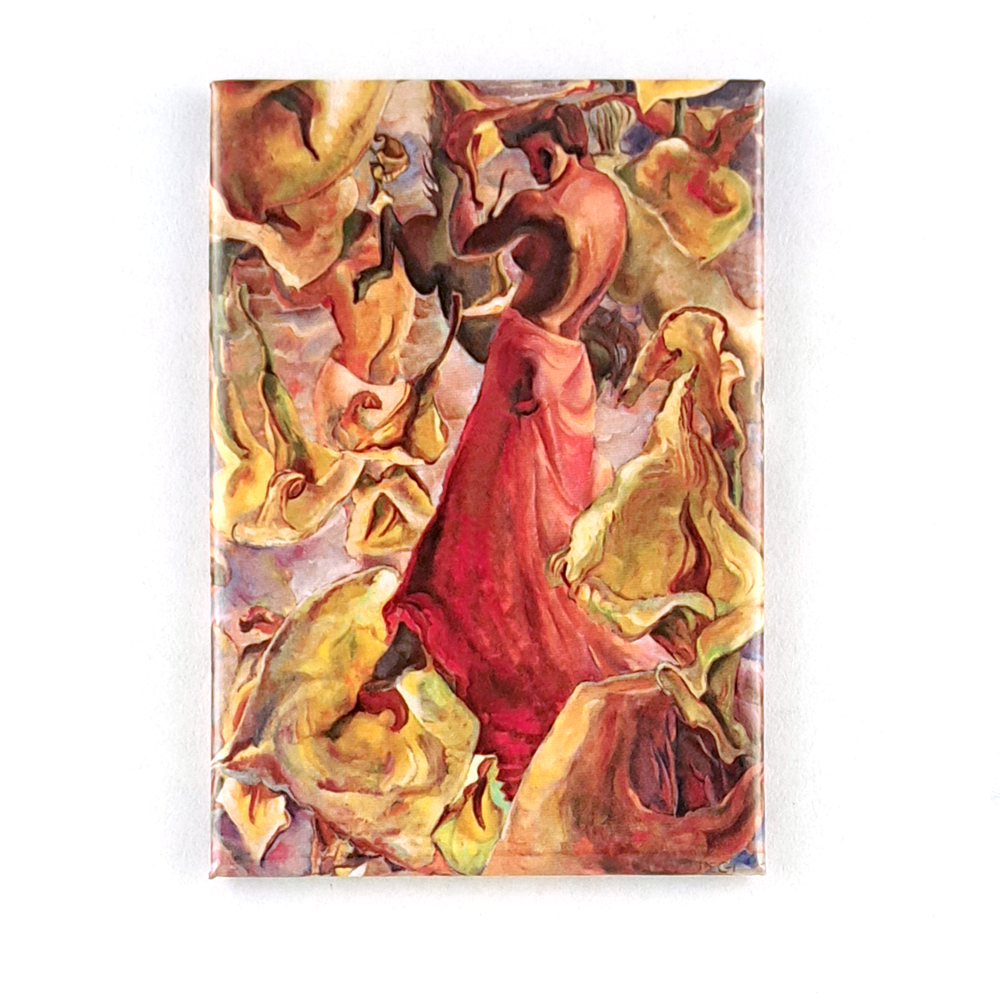
A Descent of Lilies Magnet
$5.95 CAD
Unit price perA Descent of Lilies Magnet
$5.95 CAD
Unit price perPegi Nicol MacLeod (1904-1949)
A Descent of Lilies, 1935
"A Descent of Lilies embodies the smoky, liminal space between night dreaming and daydreaming. [...] Full, weightless forms glide fore and aft, gently drifting down and up like characters on a merry-go-round."
- Excerpt from the catalogue Uninvited: Canadian Women Artists in the Modern Moment, an exhibition organized by the McMichael Canadian Art Collection with the exceptional support of the National Gallery of Canada.
6.5 x 9 cm (2.5 x 3.5 in.)
In the collection of the National Gallery of Canada.
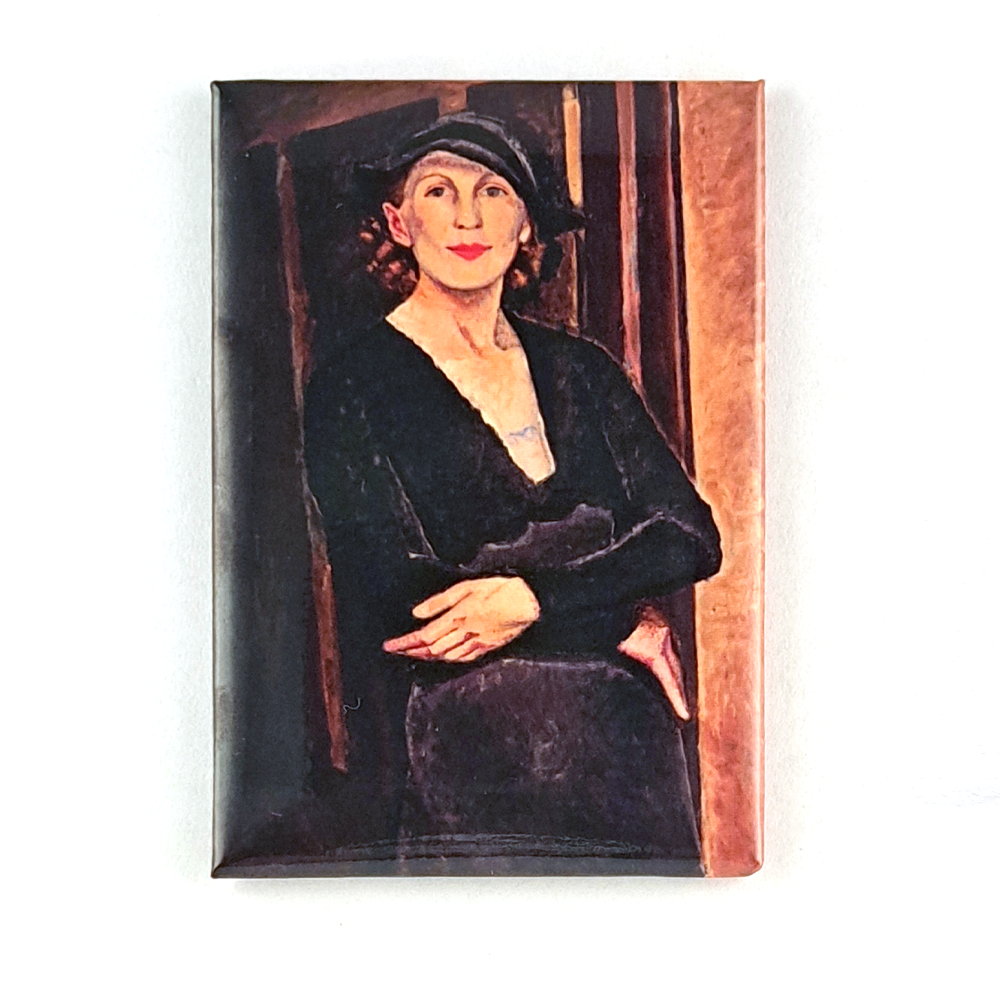
Myself Magnet
$5.95 CAD
Unit price perMyself Magnet
$5.95 CAD
Unit price perParaskeva Clark (1898-1986)
Myself, 1933
Considered among the most powerful figure paintings in Canadian art, this self-portrait is direct, self-confident, and elegant. Painting herself while she was three months pregnant, Paraskeva Clark challenged the social mores regarding the visibility and celebration of the pregnant female body in the 1930s. Exhibited at the 1933 Canadian Group of Painter’s exhibition, the work presented the artist as a strong, professional woman, boldly commanding the viewer’s attention.
6.5 x 9 cm (2.5 x 3.5 in.)
In the collection of the National Gallery of Canada.
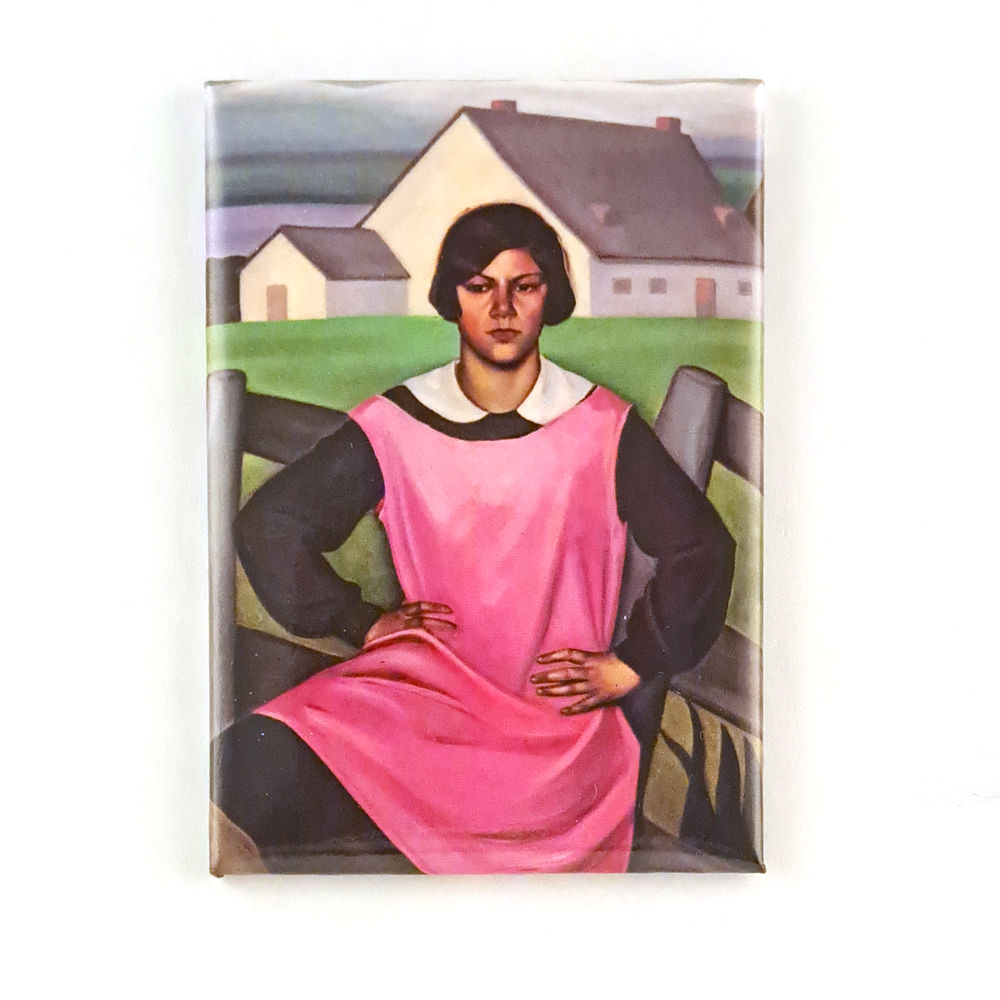
Rollande Magnet
$5.95 CAD
Unit price perRollande Magnet
$5.95 CAD
Unit price perPrudence Heward (1896-1947)
Rollande, 1929
Prudence Heward’s paintings of strong, independent models offer a new interpretation of Canadian women in the 1920s. Rollande’s thoughtful expression and no-nonsense posture, with hands on her hips and one leg thrust forward, shows that she is in complete control of her environment. Her placement outside of the fence is deliberate, serving to emphasize her independence and strength.
6.5 x 9 cm (2.5 x 3.5 in.)
In the collection of the National Gallery of Canada.
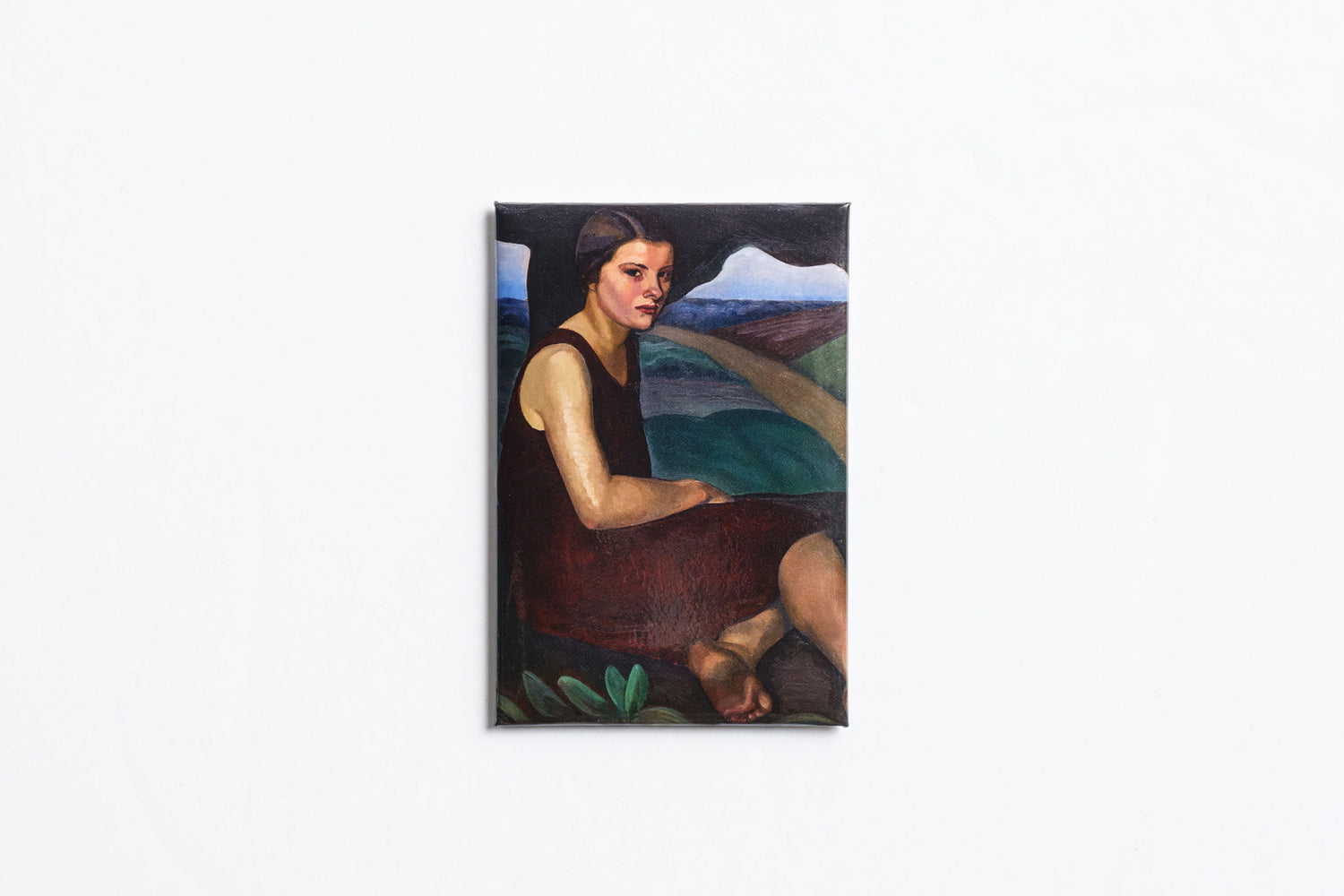
Girl on a Hill Magnet
$5.95 CAD
Unit price perGirl on a Hill Magnet
$5.95 CAD
Unit price perPrudence Heward (1896–1947)
Girl on a Hill, 1928
Heward was one of a group of women artists who were active in Montreal between the First and Second World Wars. She was primarily known for her figure painting and was associated with the artists who formed the Beaver Hall Group.
6.5 x 9 cm (2.5 x 3.5 in.)
In the collection of the National Gallery of Canada.
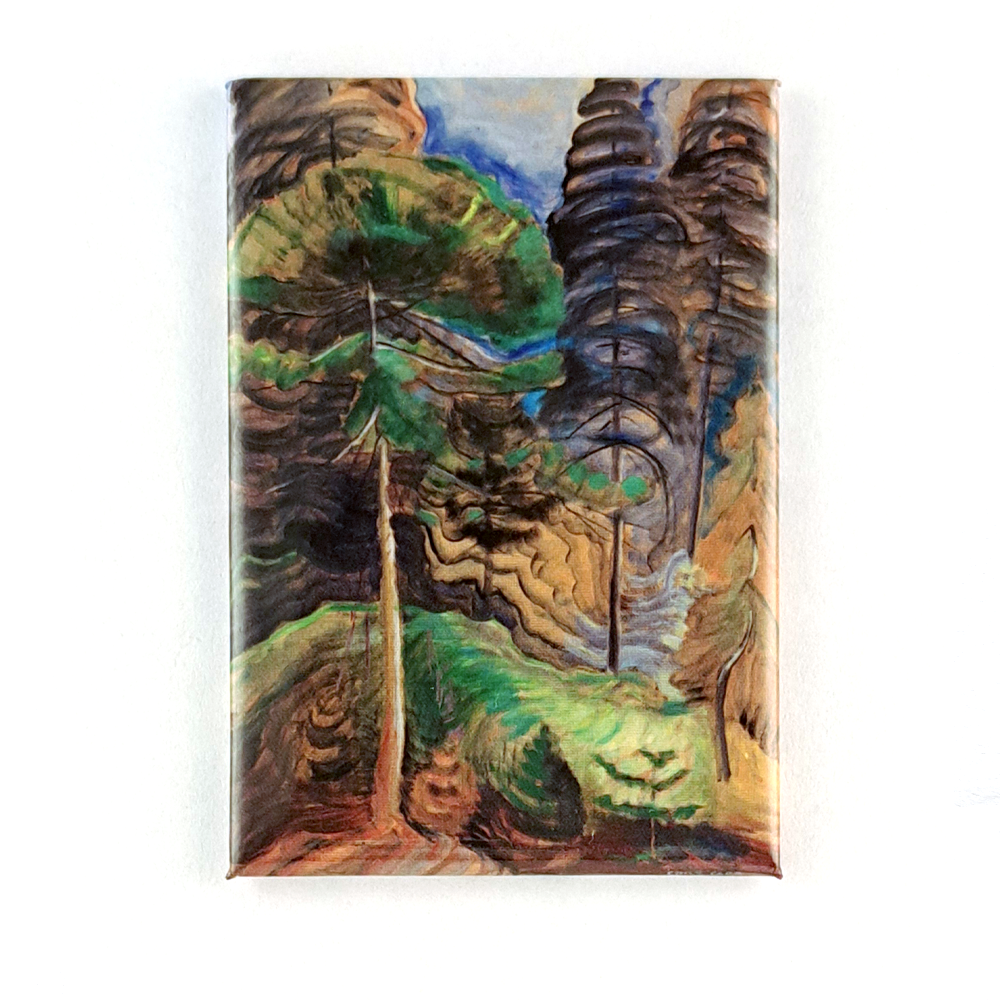
Forest Landscape No.2 Magnet
$5.95 CAD
Unit price perForest Landscape No.2 Magnet
$5.95 CAD
Unit price perEmily Carr (1871-1945)
Forest Landscape No.2, c. 1935
"As her medium loosened, [Emily] Carr found herself better able to register both the immediacy of her own perceptions and the fluidity of her response to them."
- Excerpt from the catalogue Uninvited: Canadian Women Artists in the Modern Moment, an exhibition organized by the McMichael Canadian Art Collection with the exceptional support of the National Gallery of Canada.
6.5 x 9 cm (2.5 x 3.5 in.)
In the collection of the National Gallery of Canada.